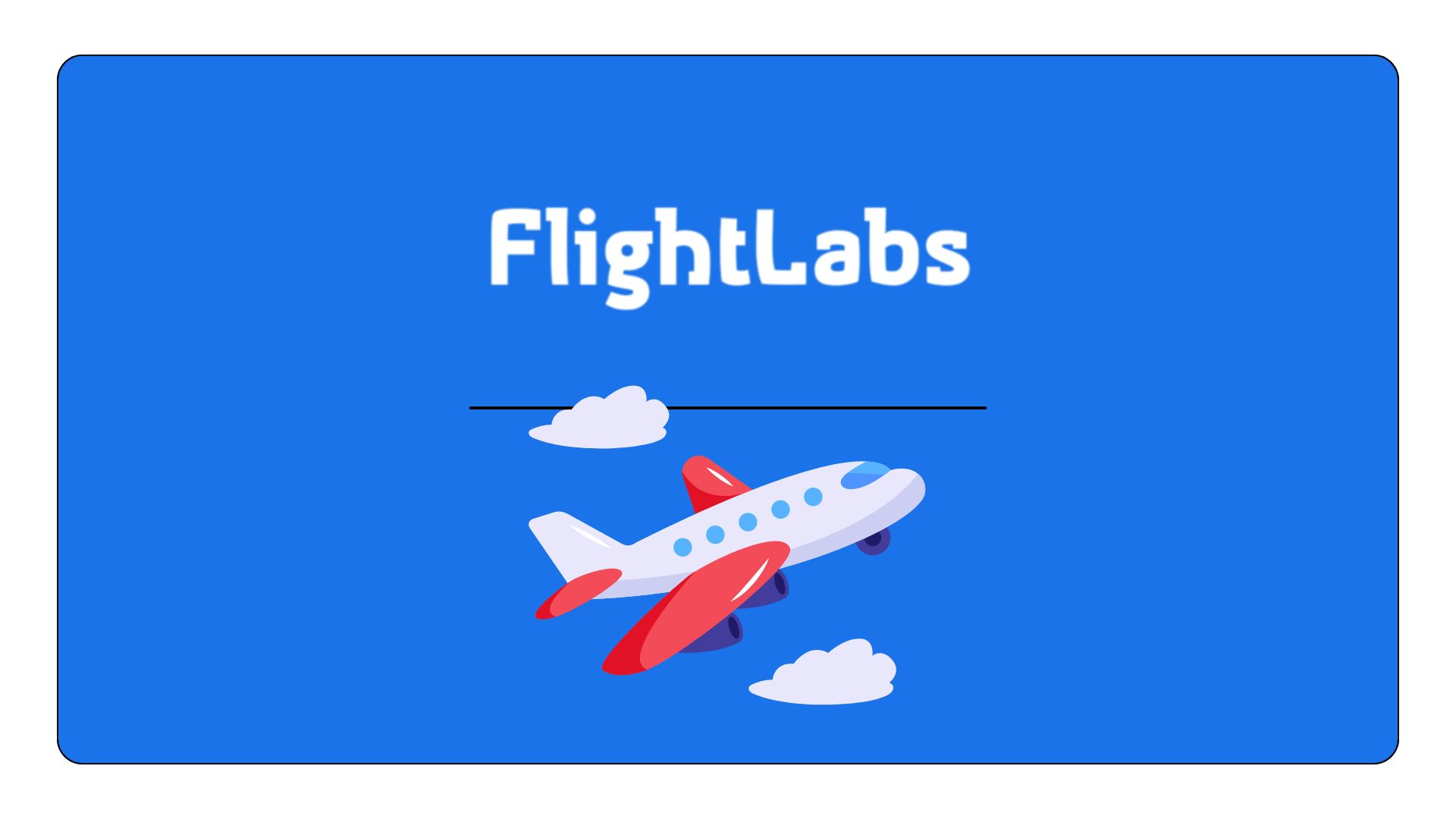Flight Route API For Aviation Navigation Data

For airlines, airports, travel agencies, and developers, APIs offer a powerful way to enhance operational efficiency and improve customer experiences. The FlightLabs Flight Route API connects these stakeholders with up-to-the-minute data on flights, routes, delays, and cancellations, making it indispensable in an industry where real-time information is paramount.
FlightLabs: What is a Flight Route API?

A Flight Route API is a specialized tool designed to provide developers with access to flight routing data, including real-time flight paths, historical route information, and details on commercial and private flights. By leveraging these APIs, developers can tap into a wealth of aviation data that would otherwise be difficult to access. These APIs serve as a bridge between complex aviation systems and the applications developers create, offering a comprehensive data solution for aviation-related services.
In the modern, highly interconnected aviation industry, a Flight Route API is essential to facilitating the seamless transfer of data between channels. These APIs are useful for airlines, airports, travel agencies, and even end users since they offer vital details about flight trajectories, delays, and other route-specific information. This is especially crucial for developers who work on air traffic control platforms, travel apps, and airline systems since having access to reliable flight data might mean the difference between a successful operation and a failed one.
How Does It Work
When a developer integrates a Flight Route API like FlightLabs into their system, the API acts as an intermediary that retrieves and transmits flight data between various sources. The process begins with a request from the developer’s application, asking for specific flight data. The API then fetches the necessary information from aviation databases, processes it, and delivers a formatted response back to the application. This exchange happens within seconds, ensuring that users receive real-time updates.
For developers, integrating this API into existing software architectures can be a straightforward process. Most APIs offer comprehensive documentation and pre-built SDKs (Software Development Kits) that make integration easier. By embedding API endpoints into their systems, developers can enable features such as flight tracking, route mapping, and delay notifications. These integrations can also be scaled to accommodate increasing data loads, which is crucial for high-traffic applications like booking platforms or airline websites.
A major strength of these APIs is their ability to provide real-time flight path data, allowing developers to track the exact location of flights as they happen. Additionally, historical route data is valuable for analyzing past flight patterns, optimizing future routes, and even predicting potential delays. This combination of real-time and historical data gives developers a comprehensive toolset for building robust aviation applications.
